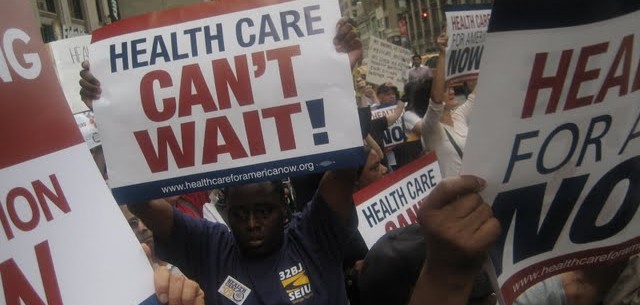As Congress has returned to work this fall, here’s an assessment of where various health care initiatives stand, and prospects for the rest of this year heading into 2020:

Appropriations bills – While a 2-year overall budget framework was adopted by Congress in late July (running until mid-2021), the spending bills for FY 2020 (which started on this past October 1st) have yet to be enacted, including the one for the Dept. of Health and Human Services. Before Congress recessed at the end of last week for a 2-week period, they passed a “Continuing Resolution” to keep the federal government open and operating at FY 2019 levels until Nov. 21st. Overall sticking points are funding for a wall on the southern border, and maintaining parity between increases in defense vs. non-defense spending.
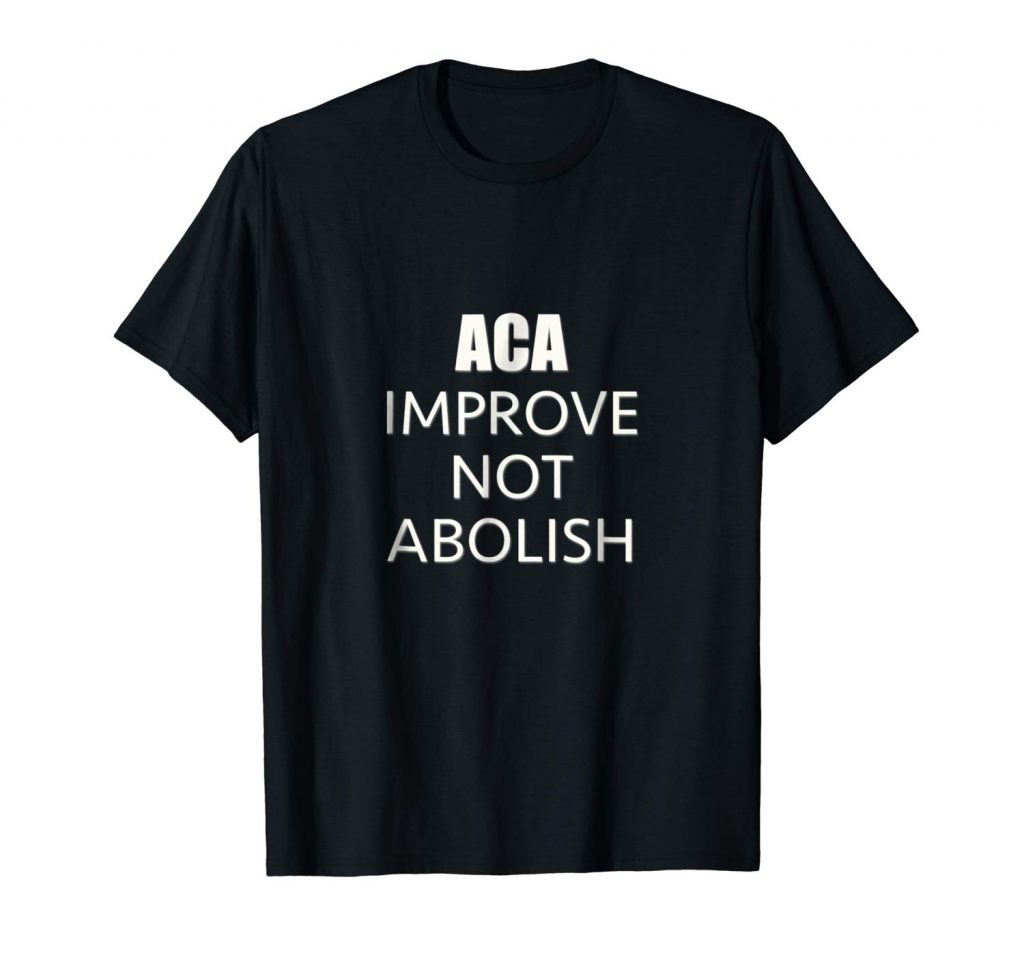
Affordable Care Act defense and improvement bills – Earlier this year, both the House and Senate developed bills to push-back against Trump administration moves to weaken or outright undermine the ACA, as well as to improve some aspects of the bill that have needed fixing. In the House, their bill is the “Protect Pre-Existing Conditions and Making Health Care More Affordable Act” (HR 1884/Pallone), and 5 Representatives from NYC: Jeffries (NY-8), Rose (NY-11), Maloney (NY-12), Espaillat (NY-13), and Engel (NY-16) are co-sponsors. The bill has been jointly referred to the Education and Labor, Energy and Commerce, and Ways and Means Committees for mark-up, but nothing has yet moved out of any of them.
In the Senate, the main bills are the “Protecting Americans with Pre-Existing Conditions Act” (S. 466/Warner) which is co-sponsored by Sen. Gillibrand, and the “No Junk Plans Act” (S. 1556/Baldwin) and is cosponsored by both Sen. Schumer and Sen. Gillibrand. In addition, the Health Education, Labor, and Pensions (HELP) Committee passed the “Lower Health Care Costs Act” (S.1895/Alexander-Murray) and sent it to the floor in late June – it is an omnibus bill with a variety of provisions dealing with a range of health care issues and problems.
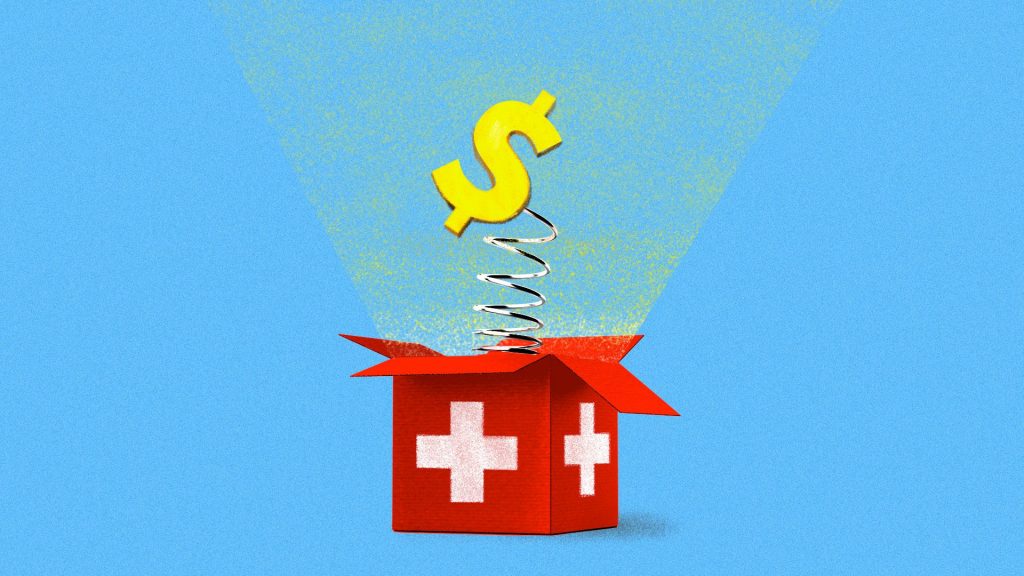
Surprise medical bills legislation – Both the House and Senate have been developing bi-partisan bills to provide new consumer protections for patients who are unexpectedly and unfairly hit with out-of-network bills from doctors, hospitals, and other medical facilities. The two main approaches that have emerged both remove patients from being caught in the middle of such disputes between insurers and providers: one approach creates an arbitration system (like we have here in NY for insurers subject to state jurisdiction); another approach creates a benchmark payment based on the average in-network charge for a given service in a given geographic area. Up through this summer, everything was on track to move forward this fall. However. since the August recess period, “dark money” forces and venture capital/hedge funds have launched an aggressive campaign to stop any such bills, as they seek to defend independent medical group entities that they own who profit handsomely from the current status quo where they can “balance bill” patients. Congressional leaders’ goal is to get a bill done by year-end. They are working their way through the Energy and Commerce and Education and Labor Committees in the House, and the Health, Education, Labor, and Pensions Committee in the Senate.

Prescription Drug Pricing bills – House leadership recently introduced their new “Lower Drug Prices Now Act” (HR 3/Pallone) to a) create a system of government price negotiation with manufacturers for high-priced drugs, b) moderate annual price increases for all drugs, and 3) cap annual out-of-pocket costs for drugs for people on Medicare. They want to try to move this bill to the floor by the end of October. Its co-sponsors from NYC include Reps. Meng (NY-6), Rose (NY-11), and Engel (NY-16.) The “Medicare Negotiation and Competitive Pricing Act (HR 1046/Doggett), a bill that is more robust in scope, was introduced earlier this year, and is co-sponsored by NYC Reps. Velazquez (NY-7), Jeffries (NY-8), Clarke (NY-9), Nadler (NY-10), Rose (NY-11), Maloney (NY-12), Espaillat (NY-13), Ocasio-Cortez (N-14), and Serrano (NY-15). Advocates are supporting both these bills as good first steps. In the Senate, S.377/Brown is similar to HR 1046, and another bill, the Prescription Drug Pricing Reduction Act (S.2543/Grassley-Wyden), has passed out of the Finance Committee.
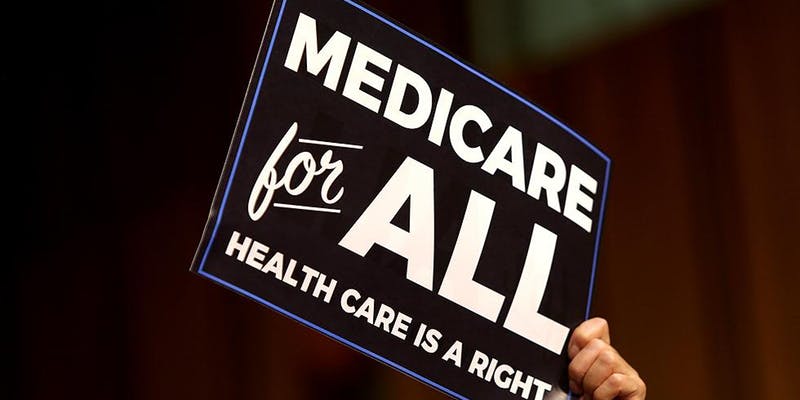
Medicare-for-All bills – A variety of such bills have been introduced in the House and Senate, ranging from modest to comprehensive in scope. In the House, the most progressive one is HR 1384 (Jayapal-Dingell), and all NYC Reps. are co-sponsors except for Rep. Rose (NY-11).
The other ‘building on Medicare” bills are:
- “Medicare Buy-in and Health Care Stabilization Act” (HR 1346/Higgins) – NYC co-sponsors: Meeks (NY-5), Jeffries (NY-8), Rose (NY-11)
- “Medicare-X Choice Act” (HR 2000/Delgado) – NYC co-sponsors: Jeffries (NY-8), Rose (NY-11)
- “Medicare for America Act” (HR 2452/DeLauro) – No NYC Reps. have yet co-sponsored.
Over on the Senate side, the main Medicare-for-All bill (S.1129) has been introduced by Sen. Sanders (similar to HR 1384) and is co-sponsored by Sen. Gillibrand. Other Medicare-based bills are S.981/Bennet (same as HR 2000), and S.470/Stabenow (“Medicare at 50 Act”) which Sen. Gillibrand is co-sponsoring.
The Bigger Context:
Looming over all these legislative proposals and actions are three major concerns that will affect what moves ahead and when, if at all:
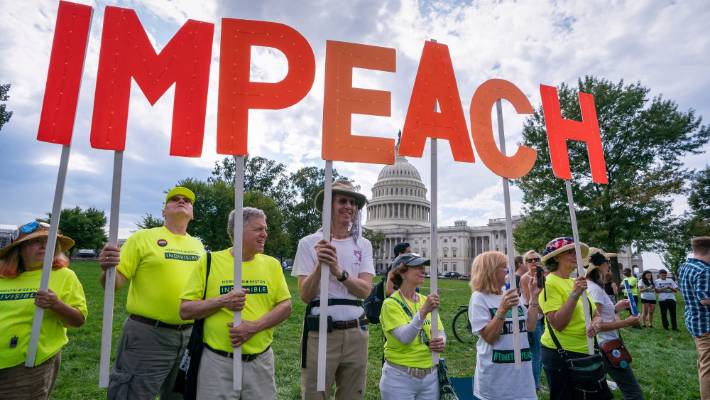
Impeachment Inquiry – There is much speculation that further developments in the House’s new impeachment inquiry process could easily eclipse and derail any of the above discussed bills either because it becomes an overall distraction and/or because hyper-partisanship may intensify.
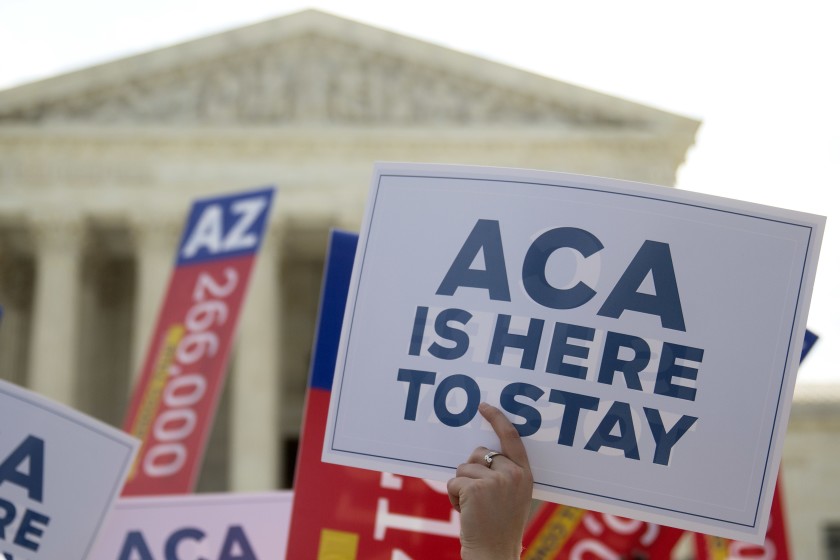
ACA Repeal court case (“Texas v. US”) – The Fifth US Circuit Court in New Orleans is expected to issue its appeal ruling soon on the constitutionality of the ACA in response the initial Texas District Court ruling early this year that struck down the law yet staying its decision pending appeals. The Trump administration has actively sides of the plaintiffs (various Republican State Attorneys General led by the one from Texas) rather than defending the law (as is typical in such situations), and the House on the side of the defendants (various Democratic State AGs led by the one from California.) Whatever the 5th Circuit decision, its ruling will be appealed to the US Supreme Court by whichever side loses. It’s not clear if the lower court’s stay will be continued, nor if and when SCOTUS would take up the case and hear arguments, either in their 2019-2020 session that will begin next week, or its 2020-21 session. In either scenario, the whole matter will likely continue to stoke hyper-partisanship around the law and health care issues in general, particularly in an election year context. Should an adverse decision come down from the 5th Circuit, advocates nationally will be mobilizing to voice opposition, help the public understand the implications, and pressure Congress to develop legislative reactions. It is important to place this case in context as part of the larger effort of the Trump administration and its Congressional allies to get rid of the ACA, either legislatively (which failed in 2017), legally (now underway in this case), or by Executive Order and/or regulatory changes (various efforts since Inauguration Day in 2017.)

…and of course, as the 2020 election process proceeds with primaries during the coming winter and spring, conventions over next summer, and general election campaigns a year from now, health care is once again poised to be a top-tier issue for voters. Candidates are coming forth with a variety of proposals and making claims and counter-claims about them. While we do not engage in any direct electoral work for any candidates nor recommend who people should vote for or against, we do plan to, as always, help people understand the health care issues in debate, the various candidates’ positions and records, and fundamentally “what’s at stake”, so that New Yorkers can make informed decisions when they go to vote.
